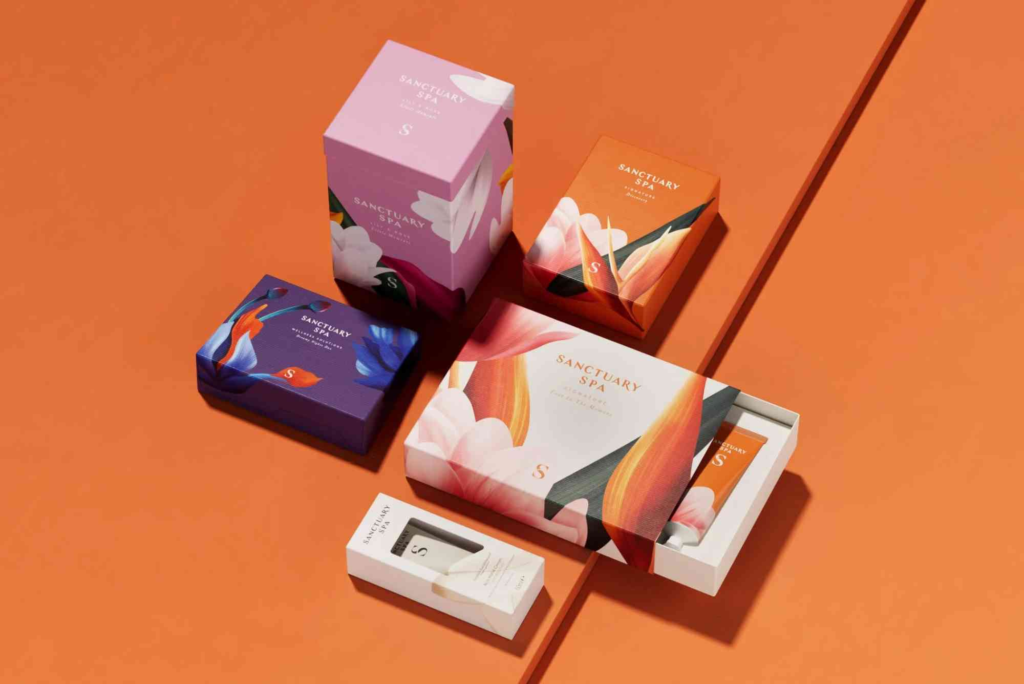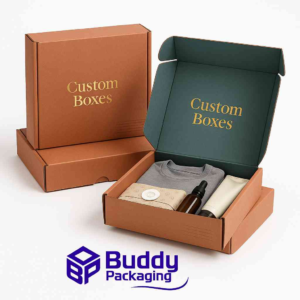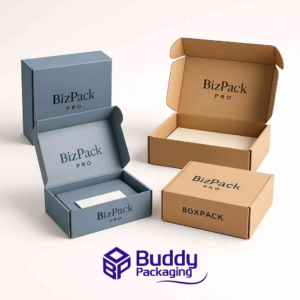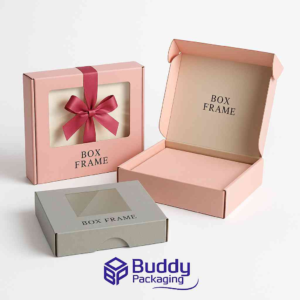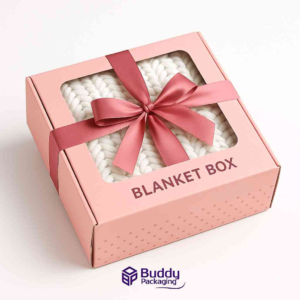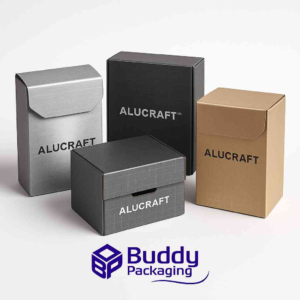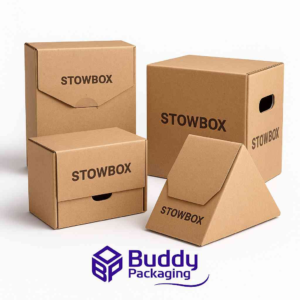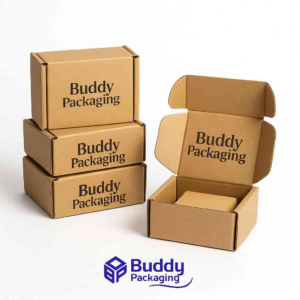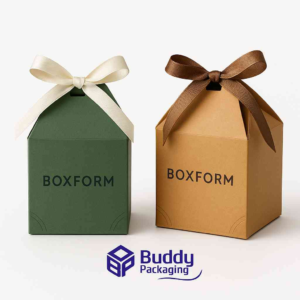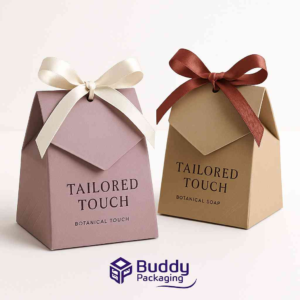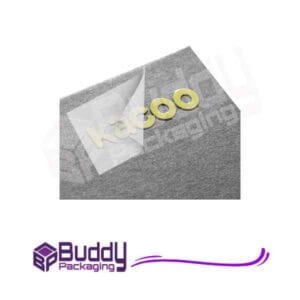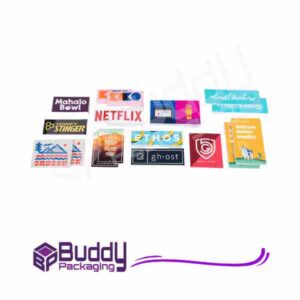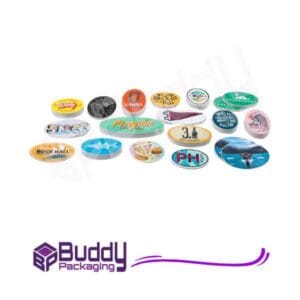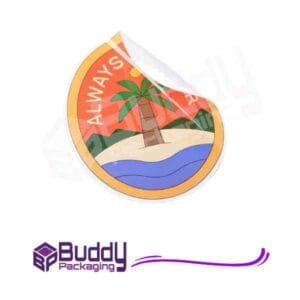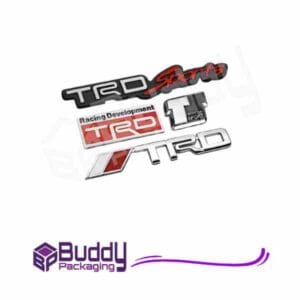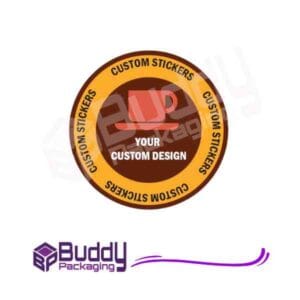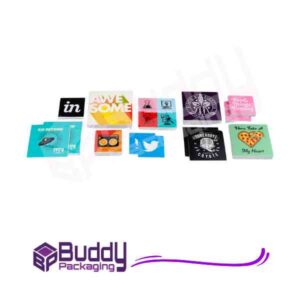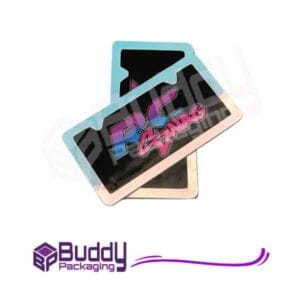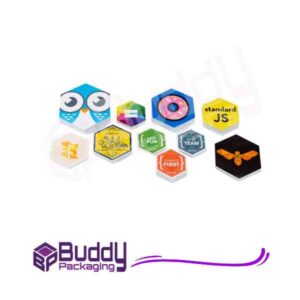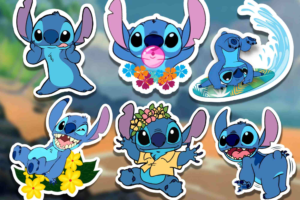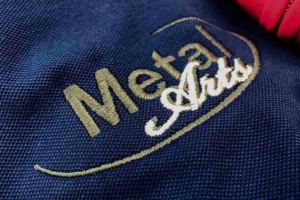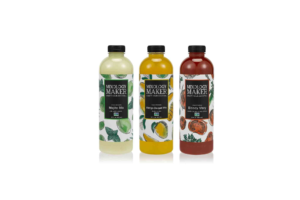Introduction
In today’s competitive marketplace, packaging and branding design are more than aesthetic elements; they are powerful business tools. Good packaging does not just protect products; it communicates brand values, attracts attention, and builds trust. At the same time, branding ensures consistency across all touchpoints, creating a recognizable identity that influences buying behavior. When both elements align, they transform ordinary products into memorable experiences.
Why Packaging And Branding Design Matter
Strong packaging and branding design give companies an edge in crowded markets. Research shows that over 70% of purchasing decisions are influenced by packaging at the shelf. A customer often judges a product in the first seven seconds of interaction, and packaging serves as the first impression. Branding complements this by ensuring customers instantly connect visuals with company values. Together, they shape consumer expectations, encourage loyalty, and differentiate products from competitors.
The Relationship Between Packaging And Branding
Packaging and branding are deeply interconnected. Packaging carries a brand’s visual identity into the consumer’s hands, while branding establishes the foundation of meaning behind those visuals. When aligned, they create a seamless experience. For example, luxury brands use minimalistic, high-quality packaging to reflect sophistication, while eco-friendly brands opt for sustainable materials and earthy tones to reinforce values.
Emotional Connection Through Design
Consumers often form emotional connections with brands through packaging. Bright colours, tactile finishes, and thoughtful typography evoke emotions that linger long after purchase. This emotional link fosters loyalty and repeat sales. Packaging is not simply a container; it is a silent brand ambassador.
Key Elements Of Packaging And Branding Design
Several design elements work together to create powerful packaging that reflects brand identity and attracts attention.
Colour Psychology
Colours influence perception. Blue conveys trust, red signals energy and passion, and green emphasizes sustainability. Choosing the right colour palette ensures packaging resonates with the target audience while aligning with brand values.
Typography Choices
Fonts communicate tone. Sleek, modern fonts suggest innovation, while handwritten styles create warmth and approachability. Typography must be legible and aligned with overall brand personality.
Material Selection
Beyond aesthetics, materials speak volumes. Premium brands often use rigid boxes with embossed finishes, while environmentally conscious companies lean toward recycled cardboard or biodegradable packaging. The material choice must support the brand story.
Logo Placement And Brand Consistency
A logo must be prominently visible but not overwhelming. Consistent use of logos, icons, and design motifs across packaging and other branding elements reinforces recognition and trust.
The Role Of Storytelling In Packaging And Branding Design
Every strong brand tells a story, and packaging is the most direct medium to deliver that narrative. A well-crafted tagline, imagery, or even a short product description can share the brand’s mission and values. For example, a coffee brand highlighting its farmers and ethical sourcing directly appeals to socially conscious consumers. Storytelling enhances authenticity, making brands feel human and relatable.
Packaging And Branding Design In The Digital Age
The rise of e-commerce has transformed packaging from shelf display to delivery experience. Consumers now interact with products through unboxing experiences shared on social media platforms. Brands that design packaging for digital visibility—considering how it photographs and videos during unboxing—gain additional exposure. The design must now function both in physical stores and on digital screens.
Sustainable Packaging Trends
Today’s consumers are increasingly eco-aware. Brands embracing sustainable packaging design, such as recyclable materials or refillable systems, not only reduce environmental impact but also build goodwill. Aligning packaging and branding with sustainability reinforces values and appeals to conscious buyers.
Practical Packaging Design Tips For Businesses
Investing in packaging design tips can significantly improve customer perception. Businesses should focus on clarity, simplicity, and functionality. Clear labeling ensures consumers understand the product quickly. Minimalist designs prevent clutter and highlight the brand’s core message. Functionality, such as resealable pouches or ergonomic bottles, enhances usability and satisfaction.
Balancing Creativity And Practicality
While creativity grabs attention, practicality ensures customer convenience. Striking this balance is vital. Packaging should not only look appealing but also be easy to use, transport, and dispose of. For instance, unique shapes may stand out, but they must remain stackable and efficient for logistics.
Testing And Consumer Feedback
Successful packaging design is never guesswork. Testing prototypes with target audiences reveals valuable insights about appeal, readability, and usability. Feedback helps refine designs before large-scale production, reducing costly mistakes.
The Role Of Custom Packaging In Branding
Using Custom Packaging allows brands to differentiate themselves more effectively. Tailored designs that incorporate specific brand elements, colours, and messaging reinforce identity and leave a lasting impression. Customisation also allows businesses to add personal touches, like thank-you notes or QR codes that link to brand stories, enhancing customer experience.
Challenges In Packaging And Branding Design
Despite its importance, packaging and branding design comes with challenges. Balancing cost and creativity is one of the biggest hurdles. High-quality finishes may elevate a product but increase expenses. Additionally, global brands must adapt designs to suit cultural differences while maintaining consistency. Missteps in design can confuse customers and dilute brand recognition.
Common Mistakes To Avoid
One frequent mistake is overloading packaging with excessive information or visuals. Simplicity and clarity often outperform clutter. Another misstep is ignoring sustainability. Modern consumers quickly criticize brands perceived as wasteful or environmentally harmful. Finally, neglecting consistency across product lines creates confusion and weakens brand recognition.
Future Trends In Packaging And Branding Design
The future of packaging and branding design is dynamic and technology-driven. Smart packaging with QR codes, NFC chips, or AR integration is becoming mainstream, offering interactive experiences. Imagine scanning packaging to access tutorials, brand stories, or promotions. Personalization will also grow, with brands tailoring packaging to specific customer segments. Sustainability will remain central, with biodegradable and reusable materials gaining prominence.
Building Strong Brands Through Packaging And Branding Design
Packaging and branding design are not superficial; they are vital strategic tools. From shaping first impressions to communicating values, they play a key role in customer loyalty and brand recognition. Businesses that invest in well-thought-out packaging benefit from increased trust, higher sales, and stronger brand equity. Whether you are a startup launching new products or an established company refreshing your look, thoughtful design can set you apart in today’s crowded market. If you are ready to elevate your brand identity, explore custom packaging solutions that align with your story and values. Start investing in design today and transform your packaging into a brand ambassador that speaks volumes.
FAQs
What is the difference between packaging and branding design?
Packaging refers to the physical container and design of a product, while branding is the broader identity, including visuals, messaging, and values that packaging communicates.
Why is packaging important for branding?
Packaging is often the first physical interaction a customer has with a brand. It reflects brand values, influences perception, and builds recognition.
How can packaging design increase sales?
Attractive, functional, and brand-consistent packaging grabs attention, communicates trust, and enhances the overall product experience, leading to more purchases.
What are the latest trends in packaging and branding design?
Current trends include sustainability, minimalist layouts, interactive smart packaging, and personalization tailored to consumer preferences.
How do I choose the right packaging design for my brand?
Focus on clarity, functionality, and alignment with your brand identity. Test designs with your target audience to ensure effectiveness before scaling.

